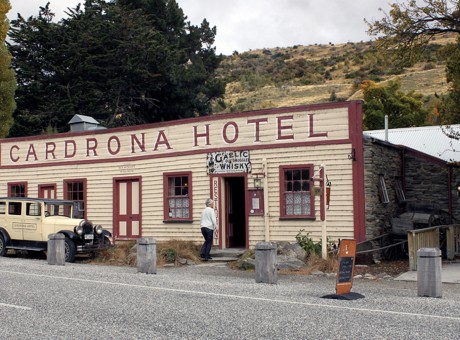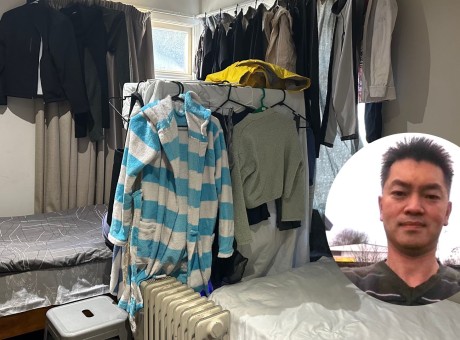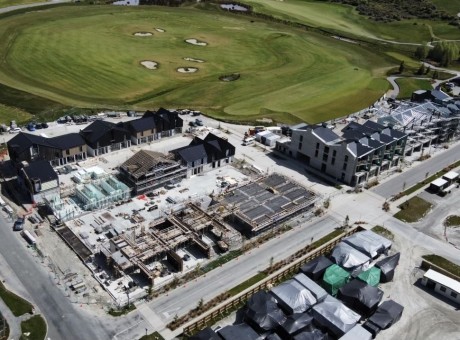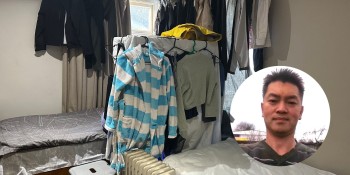SDHB boss admits midwife services "need to change."
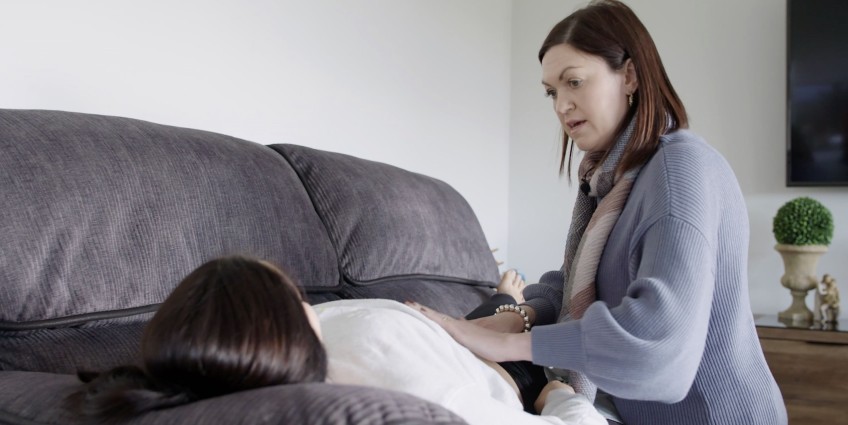
Following two major reports, The Southern District Health Board's CEO has issued a statement saying things will change and "midwifery was facing a crisis." But is the list of fixes going to make any difference in the the real world? We publish the full DHB statement below.
"Southern DHB will be establishing stronger project management structures, reshaping midwifery leadership roles and looking at opportunities to expand telemedicine and optimise payments to LMC midwives as a result of two reports into its primary maternity system of care, released today.
- The Mid-Implementation Review: SDHB Primary Maternity System of Care examined progress to date in the reconfiguration of primary maternity resources across the district that were announced in August 2018.
- The Review of Lumsden Rapid Births: 26 May - 26 June 2019 investigated the rapid births that occurred at or near Lumsden shortly following the transition of the Lumsden Maternity Centre to a Maternal and Child Hub.
The reports were undertaken as the DHB implements new approaches to providing facilities and support for maternity care across the large district.
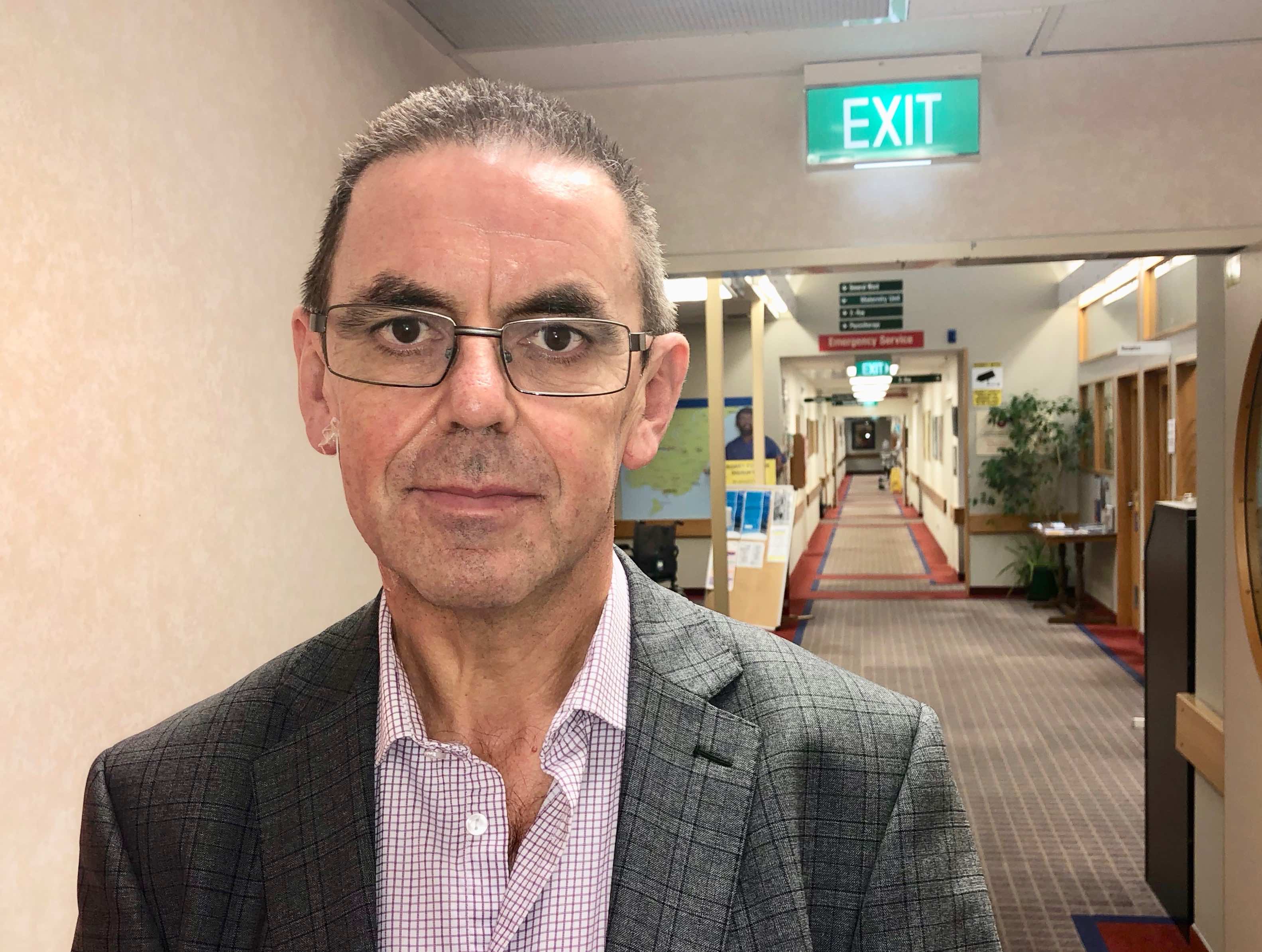
SDHB CEO Chris Fleming - "midwifery facing a crisis."
Southern DHB CEO Chris Fleming says the Mid-Implementation Review reflects the challenges we have faced implementing the system of care, as well as the achievements that have been made, over the past year. It also provides us with some appropriate recommendations of what we should do moving forward to learn from the progress to date.
“The system needed to change. LMC midwifery was facing a crisis and services were concentrated in some parts of the district, and missing from others.
“The review acknowledges the progress we have made towards addressing this. For example the situation in Wanaka has improved since 2018, with a much more sustainable, better remunerated and more supported LMC midwifery workforce in this growing community. The telehealth service has enabled a number of women to avoid travel to a base hospital for a specialist appointment. We acknowledge the efforts of the hub coordinator and the practices at Wanaka Lakes Health Centre in working to establish interim hub services there, while we develop a longer term location for a maternal and child hub.
“We accept the findings however that we did not adequately anticipate or plan for the scope of changes required, by ensuring we had sufficiently robust project management structures in place. We particularly acknowledge that the transition to a hub in Lumsden has been a concern for the rural Southland community, and there was more we could have done to ensure this change went more smoothly.”
“Southern is the largest geographic district of all DHBs. Our reality is that we have a large remote and rural population and we recognise that labour and birth are not always predictable. This is why we have increased the number of hubs across the whole district, including Wanaka and Te Anau where previously there were no formal maternity facilities, as well as invested more in emergency training and the sustainability of LMC midwives in these communities.”
In this context, Fleming says that both reviews also reflect broader challenges relating to rural maternity services, including the business model and funding schedule for LMC midwives in the context of the significant areas they cover.
“We cannot solve these challenges alone, and appreciate the efforts of the stakeholder group chaired by Gore mayor Tracy Hicks and including LMC midwives, a GP, New Zealand College of Midwives, Ministry of Health and Gore Health that has been meeting in Gore and working collaboratively in the interests of women in the Northern Southland community. I especially wish to acknowledge the role of Gore Health in enabling the work of the Lumsden and Te Anau Maternal and Child Hub coordinators, who are making a difference in building the networks and supports that are needed.”
“We thank everyone who participated in the reviews, especially the women who were interviewed about their experiences. We accept the outcomes of the reviews, and are committed to working to build a sustainable and equitable primary maternity system across our whole district.”
About the Southern DHB Primary Maternity System of Care
- The new system of care was designed in response to inequities in maternity services across the large district. This included crisis-level shortages of LMC midwives and no formal maternity infrastructure in Wanaka, while birthing centres in relatively close proximity to one another in Southland were under-utilised. This led to an overall review of primary maternity services across the district.
- The system of care introduced a new level of support – Maternal and Child Hubs – to provide support to local maternity providers and pregnant and post-partum women, as well as support for urgent maternity care. It also directed resources towards emergency training, and additional income support to LMC midwives across the district through additional payments, covering business expenses such as room rentals and consumables through the Maternal and Child Hubs, and providing paid time off for rural LMC midwives in the most remote ares of the district (Te Anau and Wanaka).
- The Primary Birthing Unit at Lumsden, which had previously been staffed full-time with less than one birth per week, became a Maternal and Child Hub.
Response to recommendations
Mid-Implementation Review: SDHB Primary Maternity System of Care
- A revised Primary Maternity Steering Group, including stronger clinical leadership and oversight, is being established.
- Investment in reshaping midwifery leadership roles, project management and communications to support the remainder of the implementation of the system of care
- Hub Coordinators and core safety equipment in place. Ongoing work to continue developing hubs in each location in conjunction with maternity community.
- With the Central Lakes Locality Network and the Primary Maternity Steering Group, developing options for sustainable primary maternity facility needs in the Lakes / Central Otago area.
- The sustainability package will be reviewed to ensure an approach that is equitable and systematised across the district.
- Analysis of telemedicine is currently underway, building on success in Wanaka and the opportunity to scale up across the wider district, and taking into account constraints on specialists’ availability.
- Work is underway to equalise funding across primary birthing units, with $100k invested towards parity in the last year and a further $200k budgeted in the next financial year.
Review of Lumsden Rapid Births: 26 May - 26 June 2019
- Regular stakeholder meetings have been held to build collaboration and find workable solutions to the challenges faced
- Formal back-up arrangements agreed for the midwives in remote locations to enable regular time off and study leave based on individual needs
- Exploring working with Ministry of Health, LMC midwives and NZ College of Midwives to facilitate sharing data.
- Currently reviewing Southern DHB midwifery leadership roles to better support a whole of system view, quality initiatives and interprofessional relationships





